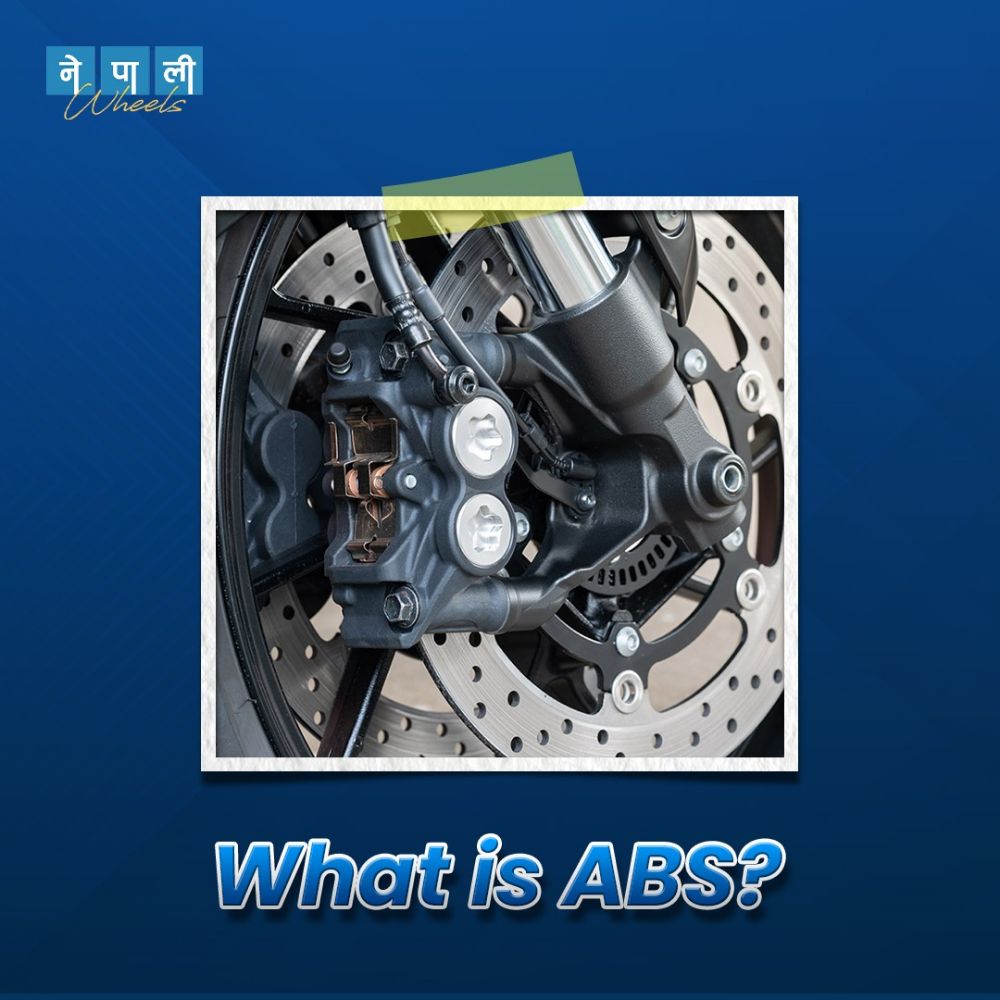 ABS stands for “Anti-Lock Braking System”. This term has been the hot cake in the two-wheelers braking setting segment. From the various braking systems available in today's date, CBS(Combined Braking System) and ABS are the most talked about systems. ABS systems are found in almost all major modern vehicles nowadays. Its specialty is preventing accidents and casualties.
ABS stands for “Anti-Lock Braking System”. This term has been the hot cake in the two-wheelers braking setting segment. From the various braking systems available in today's date, CBS(Combined Braking System) and ABS are the most talked about systems. ABS systems are found in almost all major modern vehicles nowadays. Its specialty is preventing accidents and casualties.
Now, let's get into what ABS actually does differently than the normal braking systems available. It is definite that when brakes are applied to any two-wheeler or four-wheeler, the steering is locked to prevent any unwanted and uncontrolled turns of the vehicle. This might counter as a safety hazard when in a situation of distress or emergency. These locked wheels will skid against its designated direction causing the car wheels to slip. To avoid this from happening, ABS has an advanced system. The Anti-lock Braking System as its name says prevents the wheels from locking during a braking episode. The driver of the vehicle is able to steer the wheels at the time when the brakes are being applied and also reduces the braking distance.
The 4 major components in the ABS is:
- Speed sensors: they track the speed of the wheels.
- Valves: They are responsible to allow, block or control the pressure of the brakes on the wheels.
- Pumps: They are filed with the hydraulic fluid to apply pressure on the brakes.
- Electronic Control Unit (ECU): This unit monitors the signals from the speed sensors.
Maintaining a vehicle with ABS is definitely more expensive than other vehicles, but looking from the safety point of view, it is the best at what it does. From reducing the break distance to maintaining the required break pressure, the ABS system also prevents quick wear and tear of the vehicle tyres. Among the available disc, drum and CBS braking systems, ABS showcases more safety inclined features which makes it superior.
Back to All Blog Posts
What is ABS
Thursday, October 13, 2022
Comments
Write a Comment Close Comment Form

























